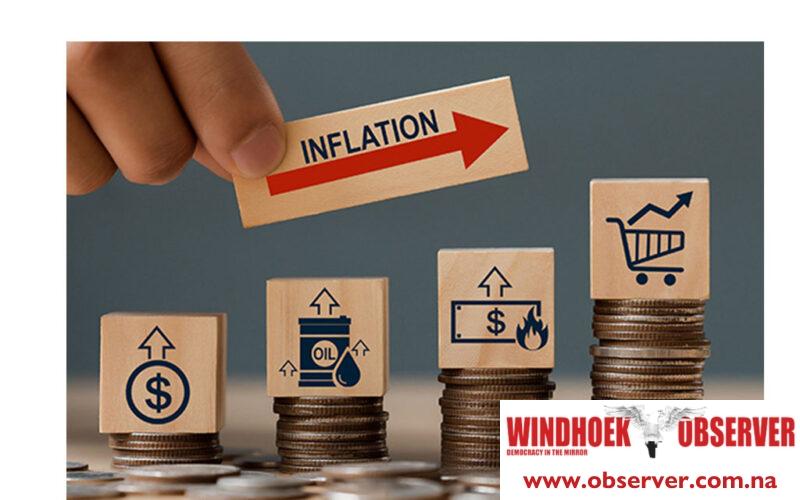Chamwe Kaira
The inflation rate in Zone 1, which includes Kavango East, Kavango West, Kunene, Ohangwena, Omusati, Oshana, Oshikoto, Otjozondjupa, and Zambezi, stood at 3.9% in June 2025, down from 4.8% recorded in June 2024.
According to the Namibia Statistics Agency, the decline in the annual inflation rate was mainly driven by lower prices in transport (from 8.4% to -0.9%), hotels, cafes and restaurants (from 4.1% to 2.4%), alcoholic beverages and tobacco (from 7.5% to 5.9%), and household furnishings and maintenance (from 4.5% to 3.2%).
On a monthly basis, inflation in Zone 1 stood at 0.2% in June, compared to 0.1% in May.
In Zone 2, which covers the Khomas Region, the year-on-year inflation rate was 3.3%, also down from 4.8% in June 2024. The annual decrease was mainly recorded in transport (from 8.0% to -2.9%), recreation and culture (from 8.5% to 0.3%), hotels, cafes and restaurants (from 10.7% to 6.3%), and health (from 4.4% to 1.0%).
Zone 2 registered a monthly inflation rate of -0.1% in June, compared to 0.1% the previous month.
Zone 3, which includes Kharas, Erongo, Hardap, and Omaheke, recorded a 3.7% year-on-year inflation rate in June, down from 4.1% in the same month last year. The annual slowdown was mainly driven by transport (from 8.5% to -3.4%) and household furnishings and maintenance (from 3.4% to 1%).
Monthly inflation for Zone 3 stood at -0.1% in June, compared to 0.4% in May.
The Namibia Consumer Price Index (NCPI) covers all regions and includes both urban and rural households across income groups, based on data from the Namibia Household Income and Expenditure Survey. For NCPI purposes, the country is divided into three zones: Zone 1 (northeastern and north-central regions), Zone 2 (Khomas), and Zone 3 (southern and coastal regions). This regional breakdown offers additional information regarding inflation patterns across the country.




